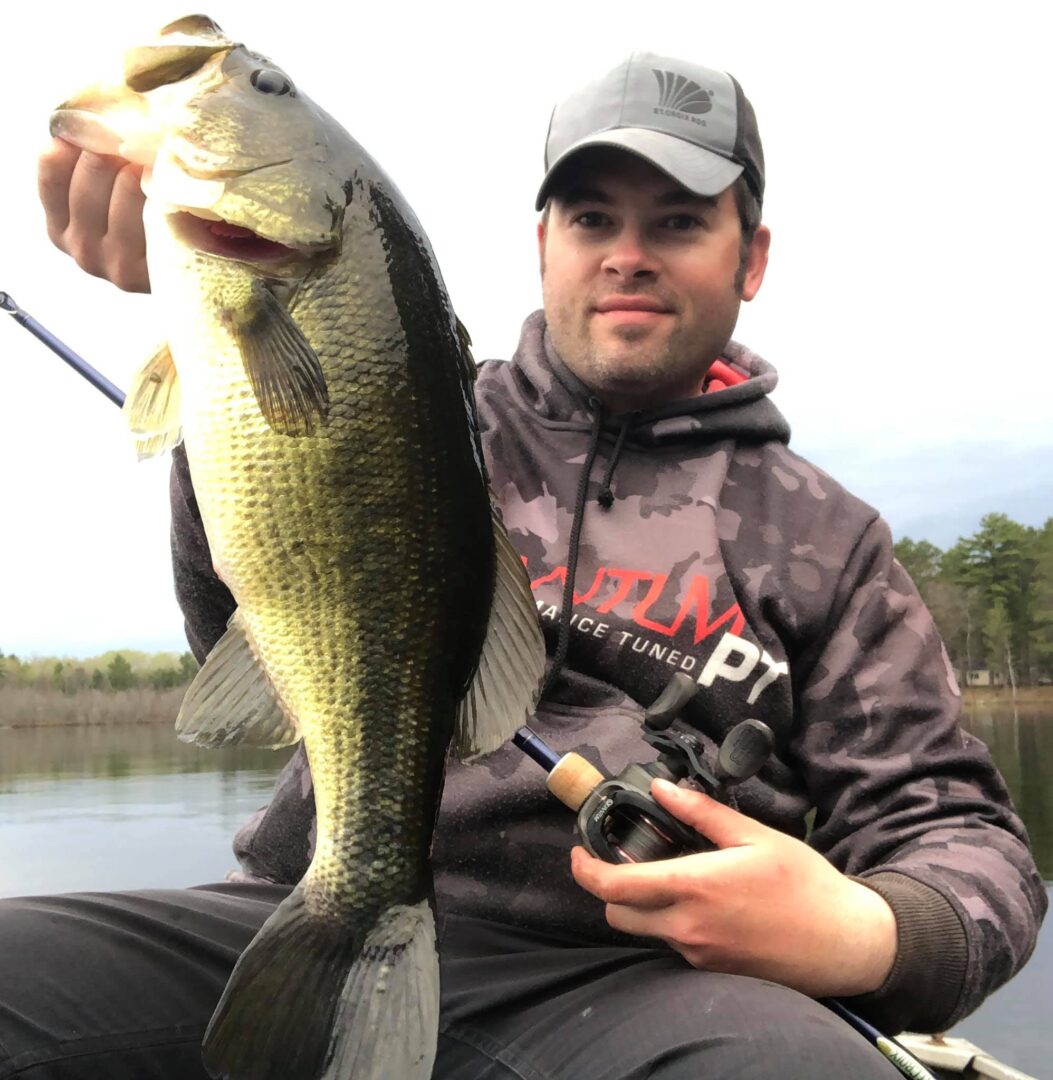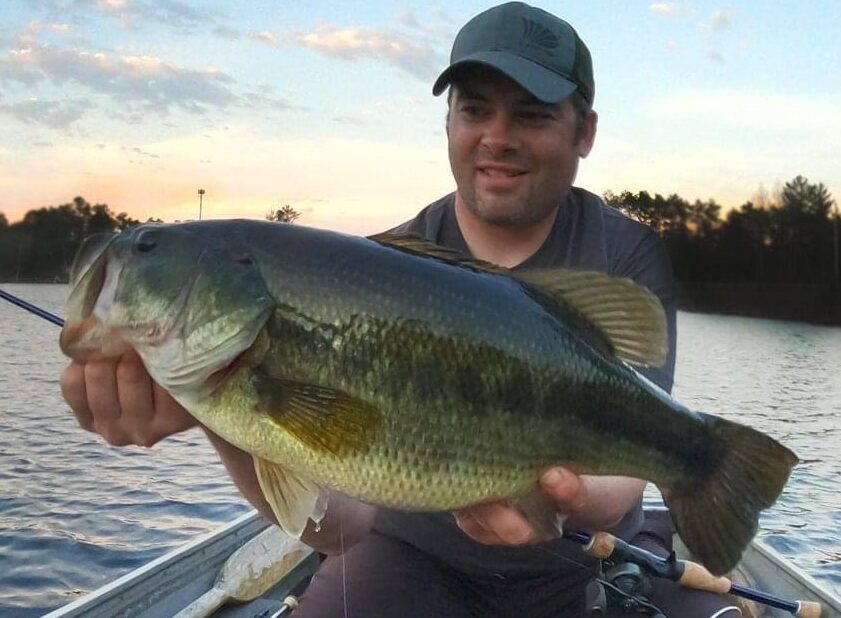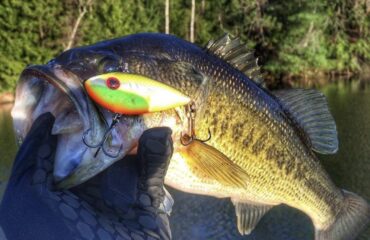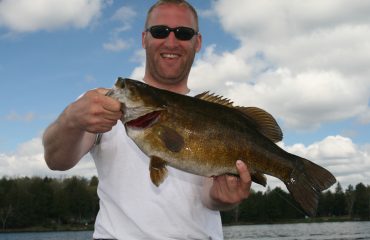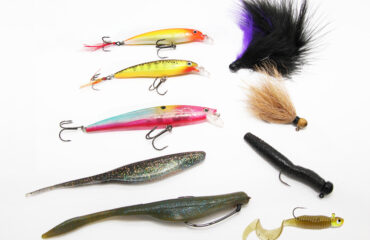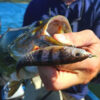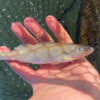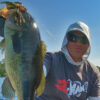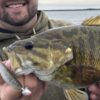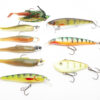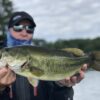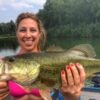Location-Driven Largemouths
In my region, the spring season is short and condensed, lasting from ice-out through spawn. Its duration varies each year, as it relates to both.
Ice melt varies annually, depending on climate. In this region, between the second to fourth weeks of April is the average. In the most extreme winters, ice-out sometimes doesn’t occur until first week of May, creating a delayed spring and spawning year. In mild winters like 2021, ice out can happen during the third week of March. An early ice-out like this starts the open water season much sooner, and accelerates while complicating the rest of spring.
The best trophy window for spring takes place hours after ice-out, whenever that’ll be. When water temperatures are in the low-40’s, fish are already catchable. Have confidence that largemouths will be vulnerable, active, and aggressive in the shallows of mud bays, backwaters, and other rapidly-warming lake regions.
Location precedes everything you will want to do in spring, and anything else you might want to consider.
My best fisheries are drainage lakes. Some of the bigger lake chains and systems have numerous creek and small stream inflows, adjoining swamp land, backwaters, and thoroughfares. While most of the lake could still be ice covered or recently-opened with 40-degree water, its bays and backwaters could be up to 10 degrees warmer and an aquarium full of life. Predictably, due to the warming waters, food availability, and habitat, largemouths will remain in these lake regions through spawn. Additionally, shallow eutrophic lakes and smaller sub-100-acre lakes are outstanding options for their warming capabilities, habitat, lack of fishing pressure, and trophy fish potential.

What You Need to Do
This time of year, don’t rely on weed growth anywhere you go, as much of it will be nonexistent. Largemouths are driven to access flooded shoreline habitats and alternative sources of cover. Alternative habitats in the form of wood cover, remnant weeds, lily pad roots, bog edges, and man-made structures abound on the near-shore areas of every productive largemouth bass fishery.
Most fishing efforts in spring should take place in depths of 5-feet and less. We’ve caught a lot of big largemouths within a foot from shore and in only a foot or less.
Gear selection and fishing strategy is very simple starting after ice-out. Think horizontal casting presentations that swim and emit vibration.
Lipless crankbaits and squarebill crankbaits are my most effective tools in the cold water. To fish quickly and cover water, carry an assortment of ½-ounce Strike King RedEye Shads, KVD Silent Squares, and other likeminded baits.
Don’t neglect bladed jigs – carry a variety of Z-Man Chatterbaits too. The ½ ounce black/blue Chatterbait Elite paired with a 4-inch Z-Man Razor Shad (Breaking Bream) is my top big fish producer at ice-out.
Swim jigs such as Freedom Tackle Corp’s. FT Series swim jig are designed to be cast and retrieved high in the water column. Lighter in weight, with head a design to cut through the water, they can be swum through vegetation, wood, and other shallow junk. The swim jig’s combination of density, compact size, and high hooking percentage caters best to being a swimming presentation. It scores huge numbers of bass from all shallow environments. Use with an assortment of trailers in craw, creature, and paddletail varieties. Don’t be afraid to use 4 and 5-inch trailers. The biggest bass of every lake seem to favor them.
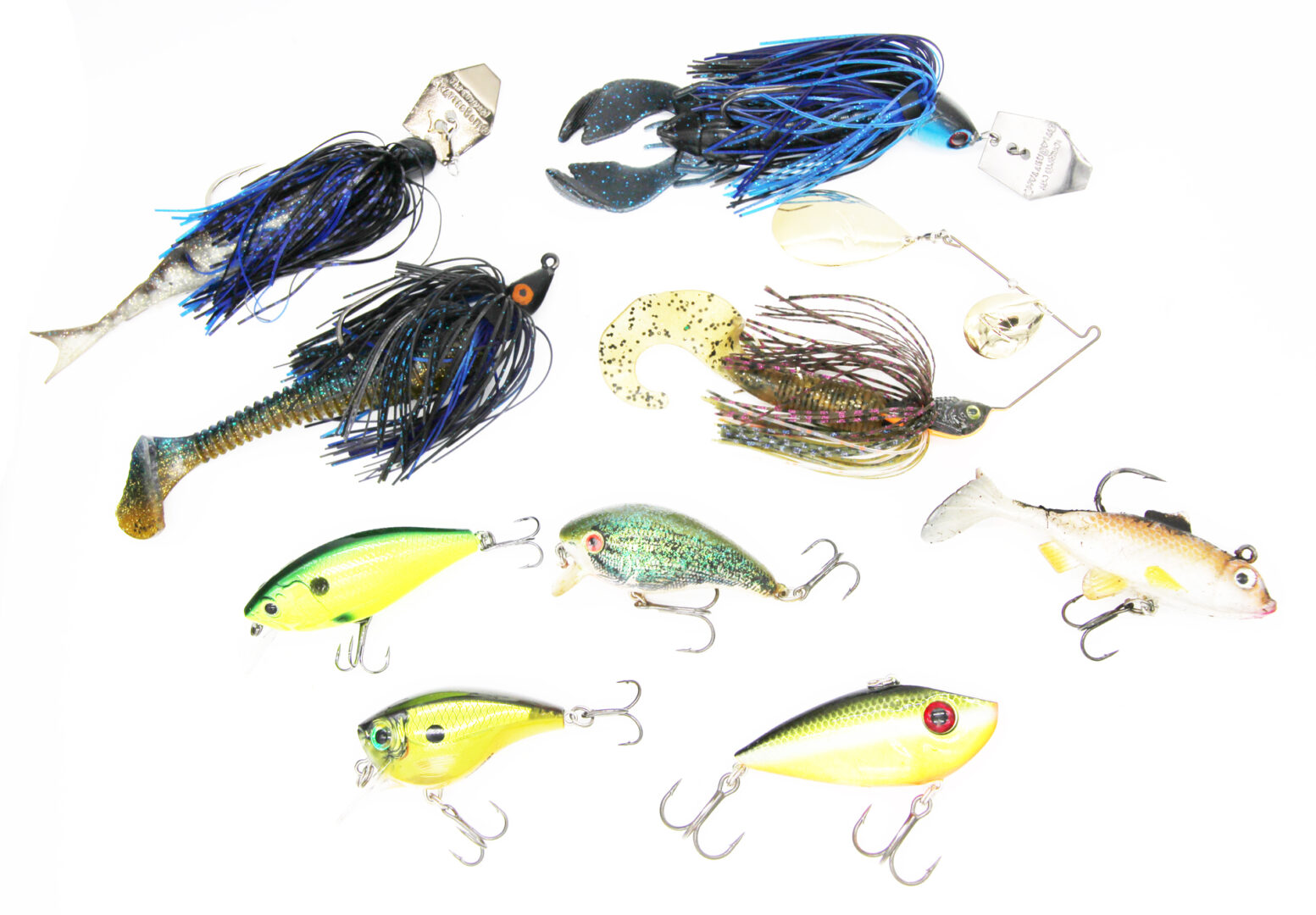
Throughout spring, look to the extreme shallows and depending upon the layout and configuration of the lake, its northern shores. Importantly, pay close attention to wind direction. If blowing steady to other lake regions with shallow bays, it’s guaranteed to have warmer water and concentrations of bass.
As the month of May progresses, waters warm further and shallow vegetation begins to sprout. At this time, fish are thinking about spawning. The same shallow lake regions and near-shore locations will still be in play through early June.
Peak largemouth fishing during May revolves around location and proximity to warming waters. Largemouths do not care whether it is sunny or overcast out. We’ve caught big largemouths under warming water temperatures, and also under cooling and coldfront conditions too. Regardless of weather and conditions, expect for the best time of day to be the afternoon hours.
Spawning time is driven by water temperature too. Some years, fish can be nesting already before Memorial Day weekend. Typically, the expectation should be early June once water temperatures reach the mid-60’s.
Unlike the prolonged spawning phase of smallmouths, largemouths nest and complete their reproductive obligations surprisingly quickly. Late-May through early June is a peak time for targeting large female fish where they will be moving in to nest nearby heavy cover. The nice thing about targeting these fish is they’ll always be in hiding. Most nests are hidden and undetectable, but are to be expected next to wood, piers, bog edges, and between lily pad roots to name a few. As a result, and enjoyably, all casting is done blindly towards these targets.
We attack these fish with weedless presentations – jig baits, worm baits, surface frogs and slop lures. Every fish will strike with ferocity. A 3/8-ounce Freedom Tackle FT Series Jig (black, black blue, or June bug), paired with a Missile Baits D-Bomb or Berkley MaxScent Creature Hawg, is my top producer on trophies. Another good alternative jig are the casting and skipping jigs produced by 3G Smallmouth Solutions. To downscale even further, try an Owner 3/16-ounce Bullet Rig and pair with your favorite creature bait. Mine is a Strike King Rage Bug and YUM Wooly Bug. Most days, there is no need to complicate things, as a 5-inch Kalin’s Wac-O-Worm rigged weightless, Texas rigged, thrown on spinning gear will catch them all.
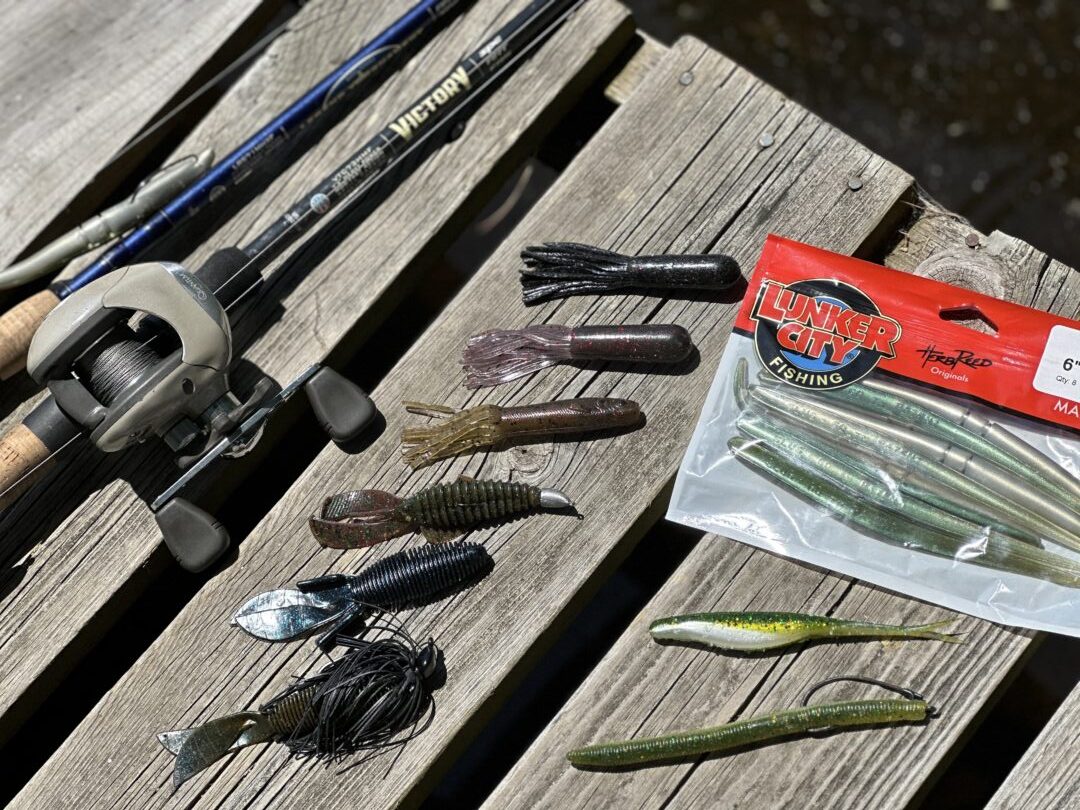
The trophy largemouth windows of spring revolve around lake selection and location. Find fisheries that grow big largemouths, and then identify their early season locations where all fishing efforts will take place.
We’ve caught countless 5 to 7-pound largemouths from small 20-acre backwoods lakes to large lakes and drainage systems. Natural habitat availability is the reasoning for most good fishing, and large size-structures of the largemouth fishery are the reasoning for my lake selection.
Fish the smaller, shallow and warmest waters early in spring. Then move on to larger slower-warming waters later on. The best bites of the season will be relative to water temperature. Then to catch the biggest possible fish, be on the big fish waters during the afternoon hours. Be mindful that a productive largemouth fishery can have large shallow bays, multiple inflows, a lot of habitats to pick apart, and a lot of near-shore littoral zone to cover.
Prioritize your spring fishing around ice-out, and target the last week of May through the second week of June as fish are spawning. These two windows are of very high vulnerability to big fish, and often deliver the best trophy largemouth fishing of spring.
